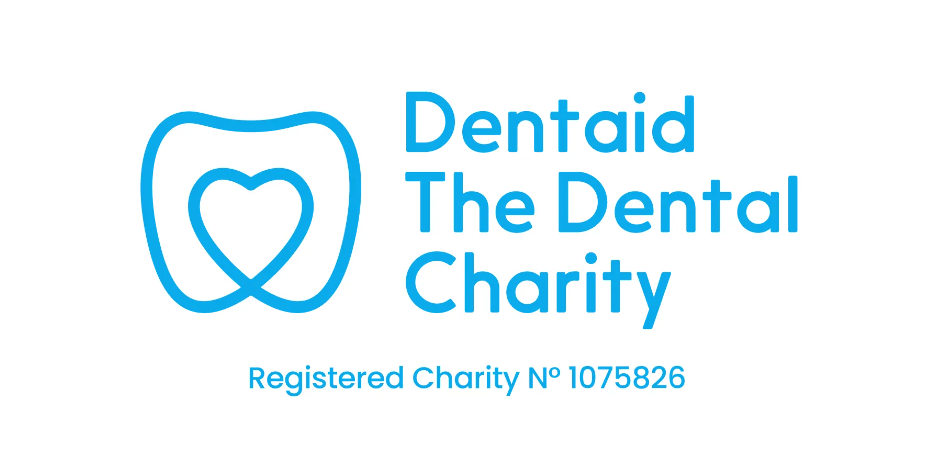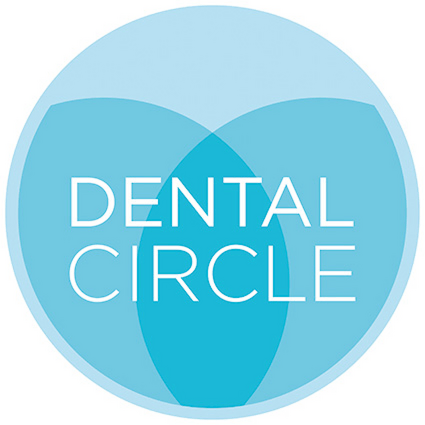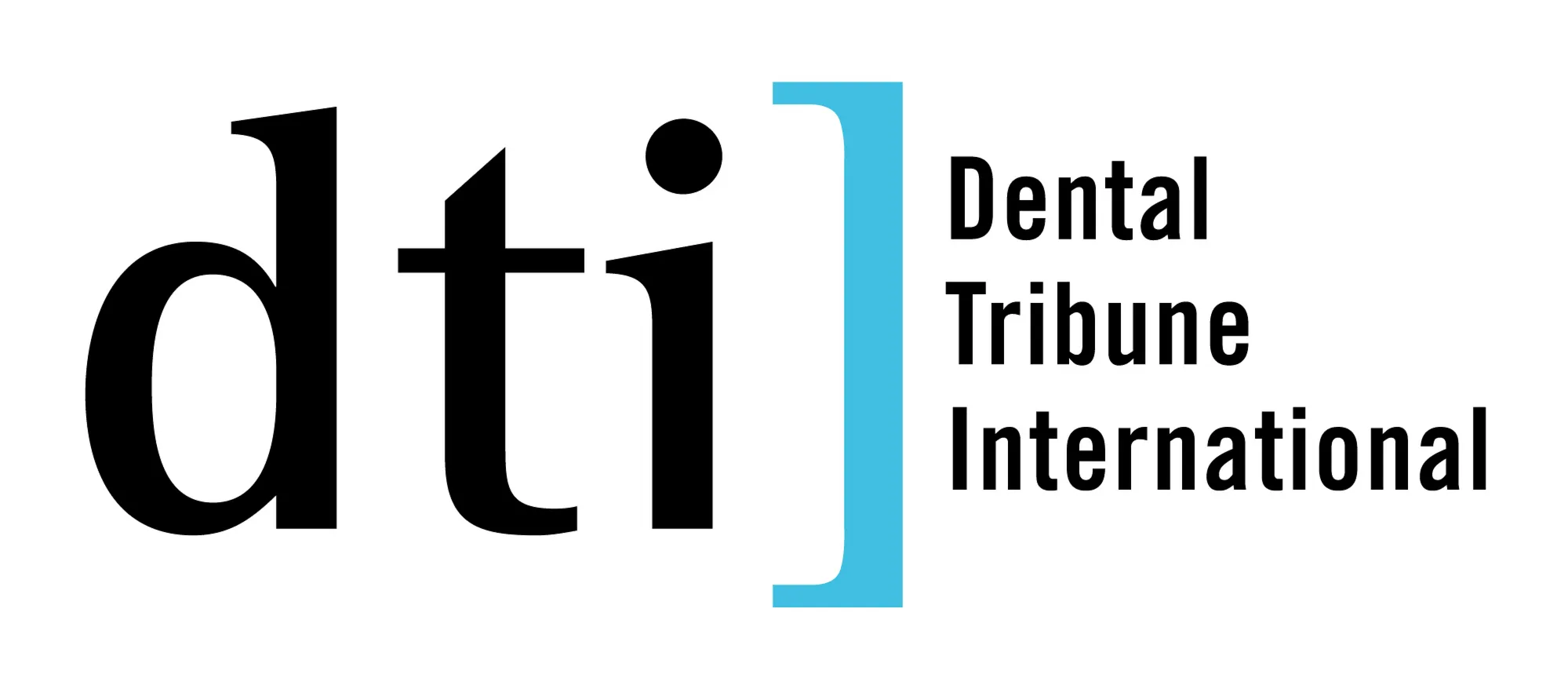NHS dental recovery plan explained
)
Earlier this month the government published its long-awaited NHS dental recovery plan. With NHS dentistry being hit hard during the pandemic and 7 million fewer people seeing an NHS dentist between 2020 and 2022, the plan aims to make NHS dentistry ‘faster, simpler and fairer.’ Published just days after police had to be called to manage queues outside a newly-opened NHS dental practice in Bristol, the plan describes itself as ‘hugely ambitious and far-reaching’ – and it needs to be.
With a number of new – and some re-hashed – measures announced, the three pillars of the plan are prevention, access and workforce capacity. We’ve summarised some of the key measures below.
Focus on prevention
The plan places a welcome focus on prevention of tooth decay, especially in young children. Acknowledging that tooth decay is the most common disease affecting children and young people, with hospital admissions for tooth extractions in children costing the NHS £50.9 million in 2021-2022, the plan unveils a number of measures to promote good oral health early in life:
-
Plans to support Family Hubs and other settings that provide Start for Life services to promote prevention initiatives to improve the oral health of pregnant mums, and guidance for parents about how to protect baby gums and milk teeth from decay
-
Plans to support nurseries and other early years settings to incorporate Smile for Life good oral hygiene into the daily routines of infants and toddlers so that, by the time they reach primary school, every child sees daily toothbrushing as a part of their normal routine
-
Deployment of mobile dental teams into schools in under-served areas to provide advice and deliver preventative fluoride varnish treatments to more than 165,000 children, strengthening their teeth and preventing tooth decay
-
Consultation on expanding water fluoridation so more people benefit from the prevention of dental decay. Recent data shows that if all children and young people in the most deprived 20% of areas received water adjusted by a fluoridation scheme, 56% of tooth extractions due to tooth decay in these areas would be prevented
Improving access to NHS dental services
Flaws in the initial 2006 NHS dental contract provide few incentives for dentists to take on new NHS patients, meaning that nine out of 10 NHS dental practices were not accepting new patients in 2022.1 The plan announces measures to try and make NHS dentistry more attractive for dentists, thereby increasing the number of NHS dental appointments by 2.5 million:
-
Introduction of a new patient payment of either £50 or £15, depending on treatment need, in addition to the funding the practice would already receive for their care. The patient payment will be a time-limited initiative available between March 2024 and March 2025
-
Raising the minimum UDA value from £23 to £28, meaning that almost 1,000 contracts will see an uplift to their UDA rate this year
-
Introduction of a ‘golden hello’ payment of £20,000 for up to 240 dentists setting up practice in an area of need. Payments will be phased over 3 years, requiring a commitment from the dentist to stay in that area delivering NHS work for at least 3 years
-
Application of a firmer ringfence on NHS dentistry budgets for 2024 to 2025 so ICBs can seek to improve dental access with this budget
-
Launch of a new dental van service for the most rural and coastal communities
-
Launch of a new public health campaign to raise awareness of how to find and access a dentist through the NHS website and NHS app
-
Further reform of the NHS dental contract promised from 2025 onwards
The dental workforce
The most recent data shows that the UK has 0.49 practicing dentists per 1,000 people, which is far fewer than other developed countries like Norway with 0.93 per 1,000 people.2 The government’s plan promises not only to increase the number of dentists in the UK by simplifying registration for those having qualified overseas, but also increase the dental workforce’s efficiency by allowing dental care professionals to work to their full scope of practice:
- As detailed in the NHS Long Term Workforce Plan published in June 2023, expand dental undergraduate training places by 40%
-
Launch a consultation on ‘tie-ins’ to NHS for dentist graduates
-
Increase training places by 500 places for dental therapists and other dental care professionals
-
Enable dental care professionals to work to their full scope of practice to improve access to NHS dental care for patients and allow dentists to focus on delivering more complex care, which only they can provide
-
Develop a national return to dental therapy programme to support dental therapists who have been working as hygienists to refresh their dental therapy skills
-
Work with the GDC to make sure that overseas-qualified applicants who meet UK regulatory standards can join the GDC’s register as easily and as quickly as possible so they practise NHS dentistry at the earliest opportunity. This will include an increase in the number of sittings and places for the Overseas Registration Examination
-
Create a provisional registration for overseas dentists allowing individuals to be able to work as a dentist under supervision of a fully registered individual
Summary
While some of the new preventative measures outlined represent a refreshing and much-needed shift in the way we think about the nation’s oral health, other policies such as the mobile dental units and golden hello payments appear to be short-term solutions which are unlikely to go very far in solving the crisis in NHS dentistry. Although the plan is no doubt comprehensive and well-meaning, it seems more like a stopgap filling in for what is really needed – comprehensive reform of the current NHS dental contract.
Read the plan in full: https://www.gov.uk/government/publications/our-plan-to-recover-and-reform-nhs-dentistry/faster-simpler-and-fairer-our-plan-to-recover-and-reform-nhs-dentistry




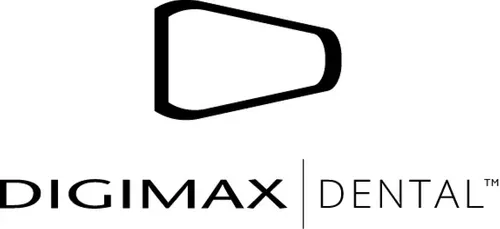


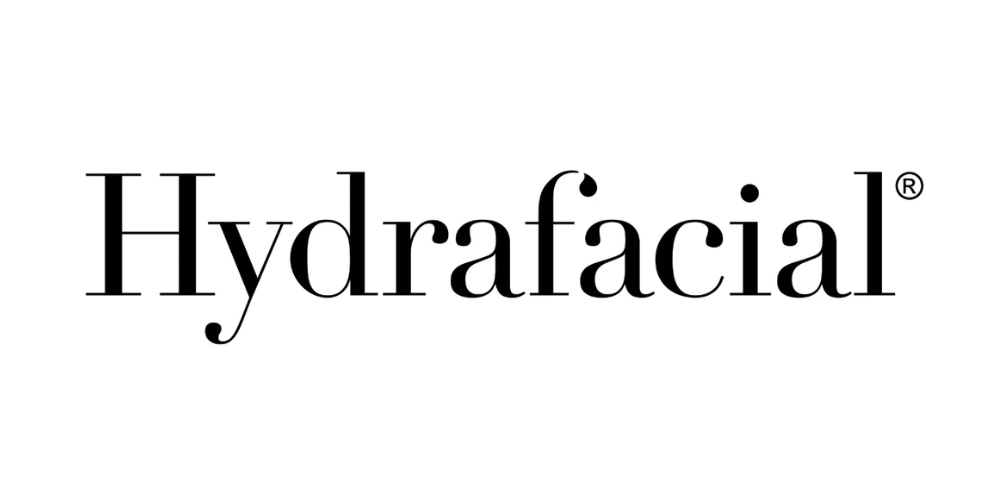
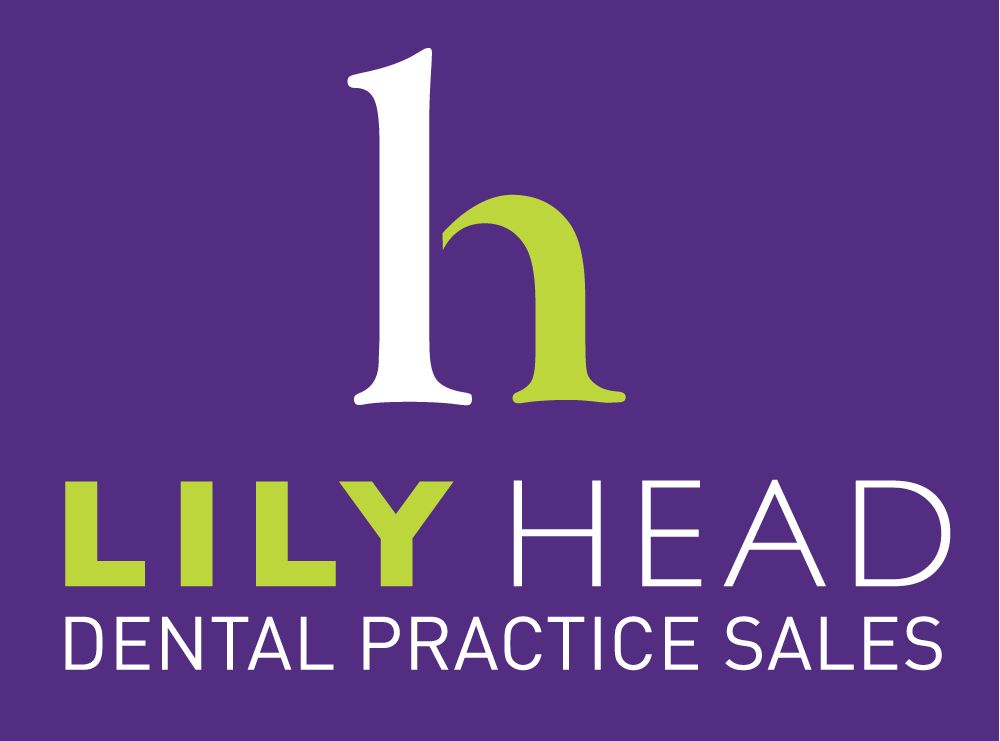







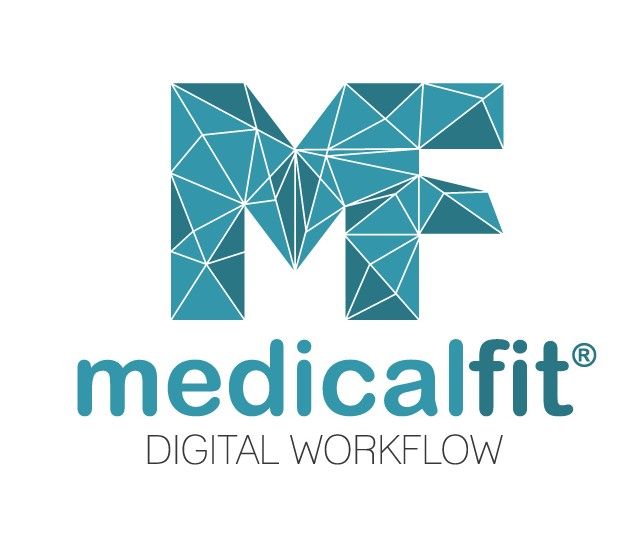


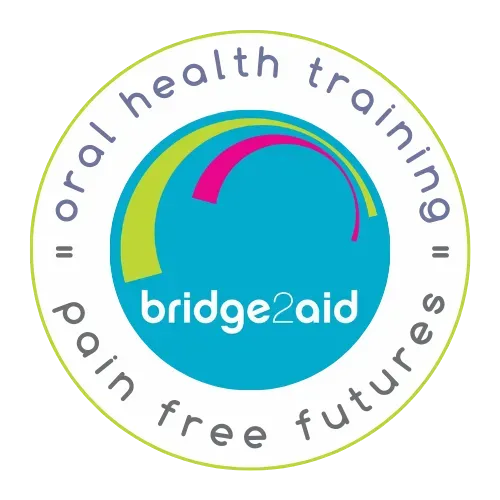
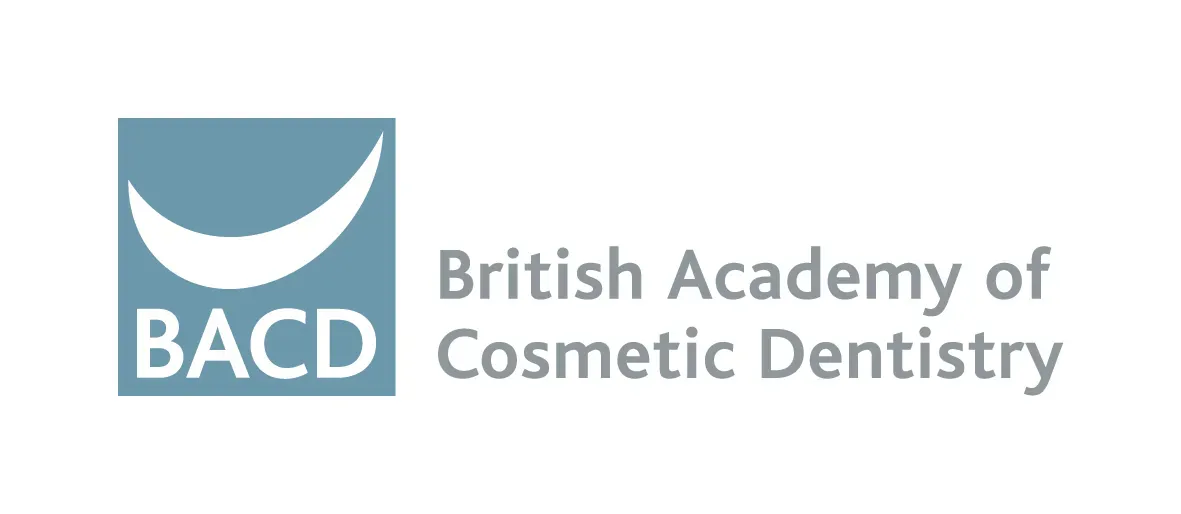
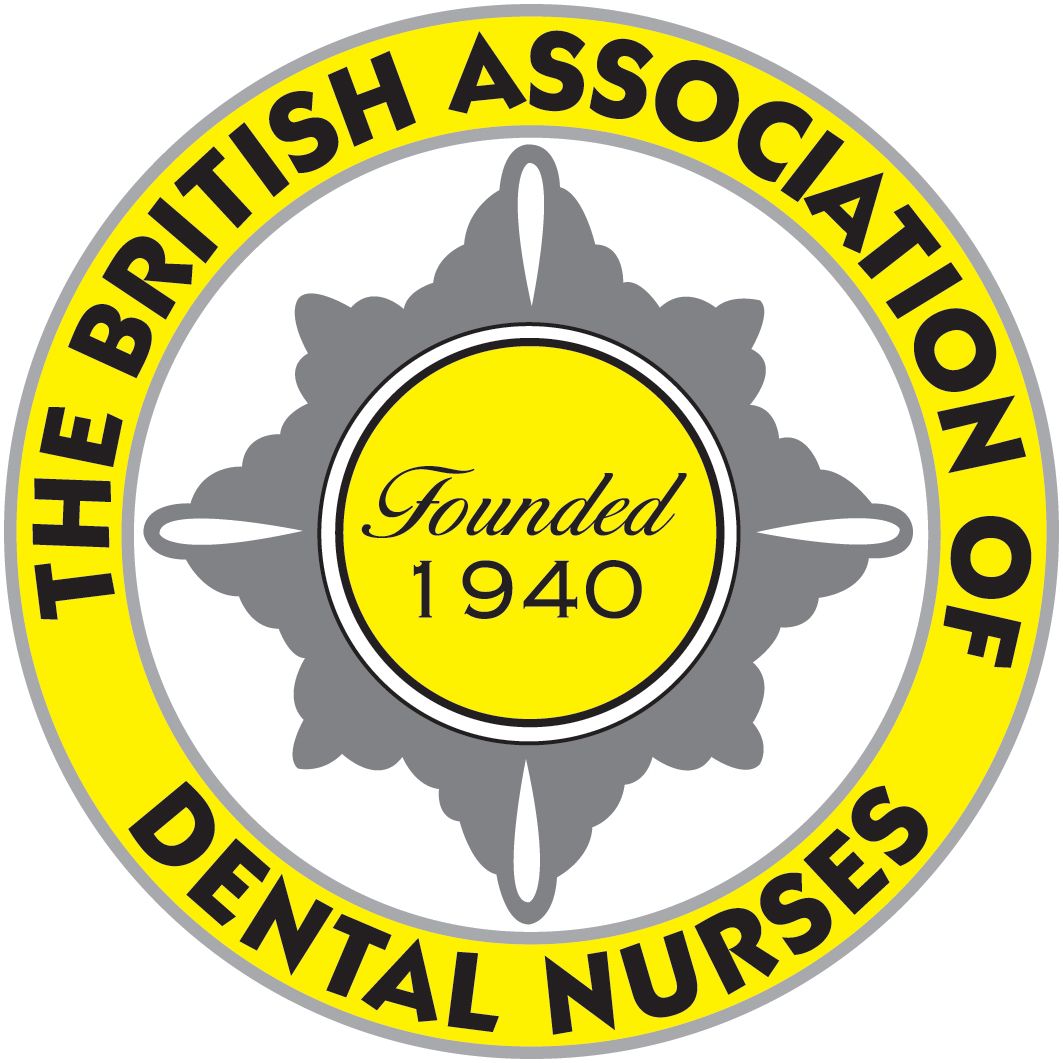
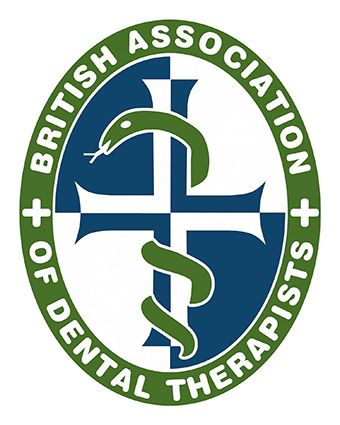
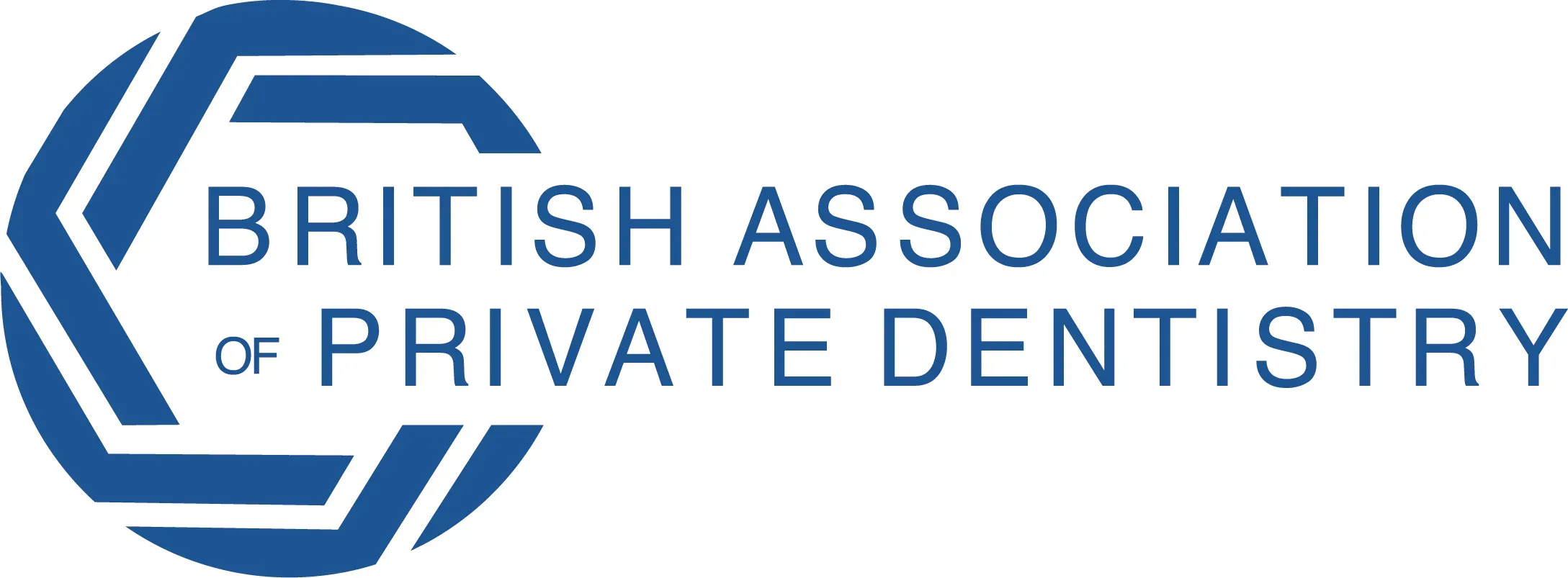
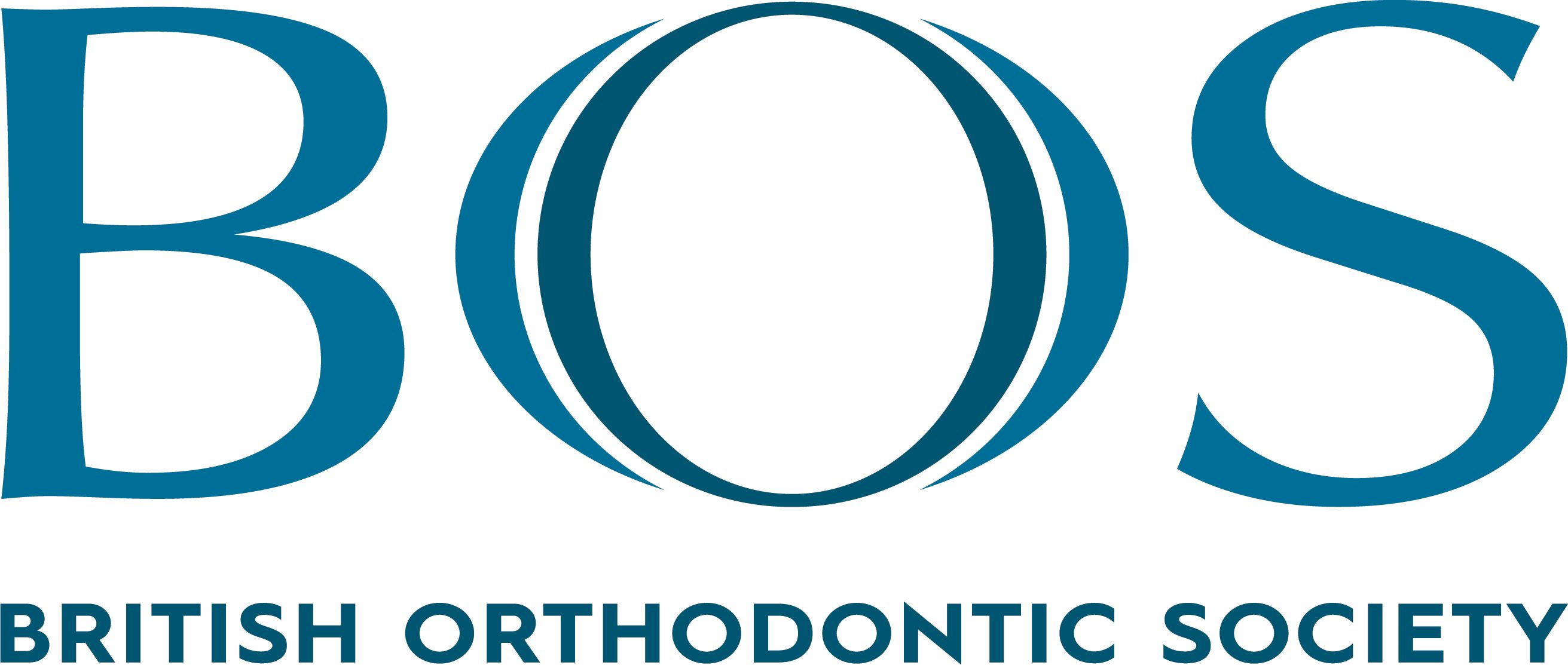
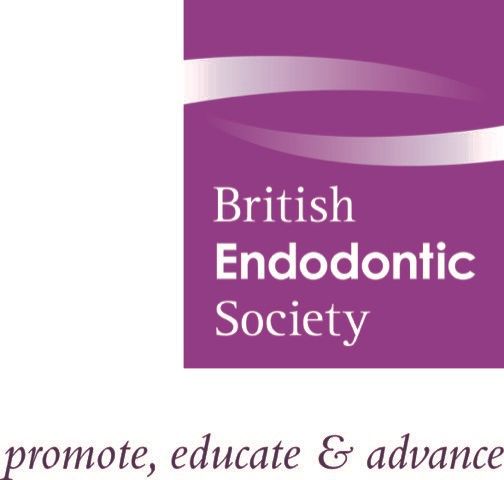
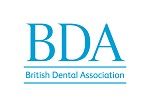


.png)
